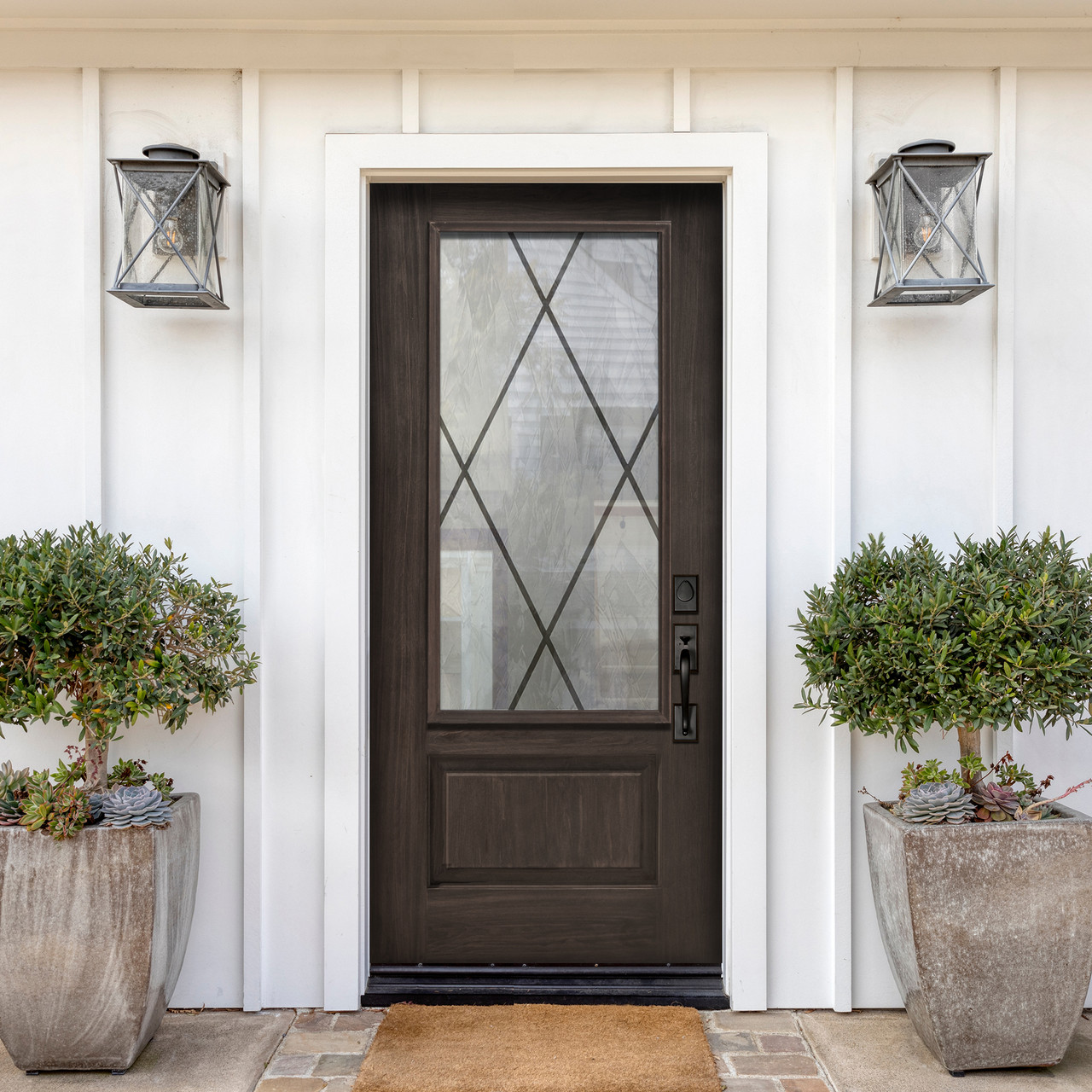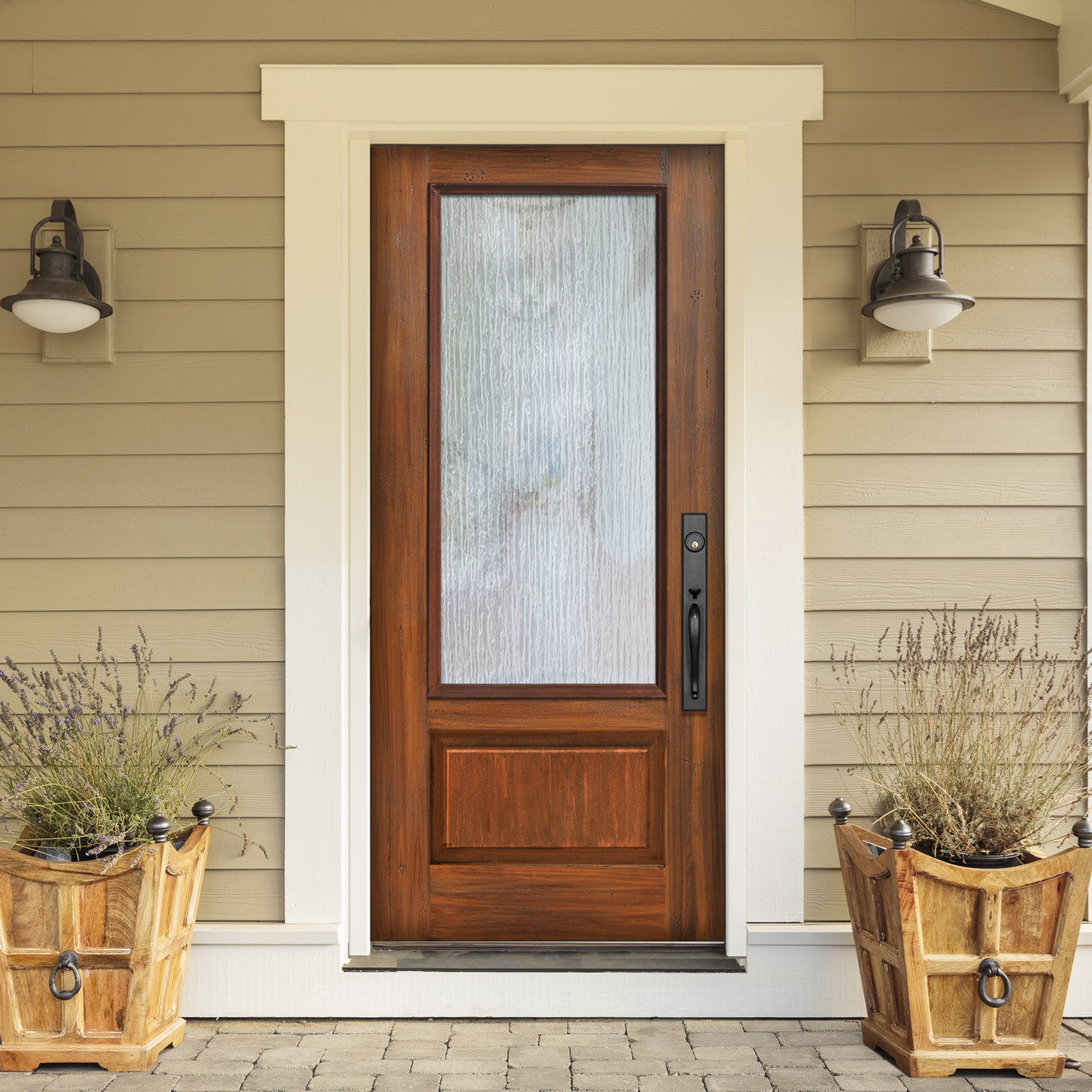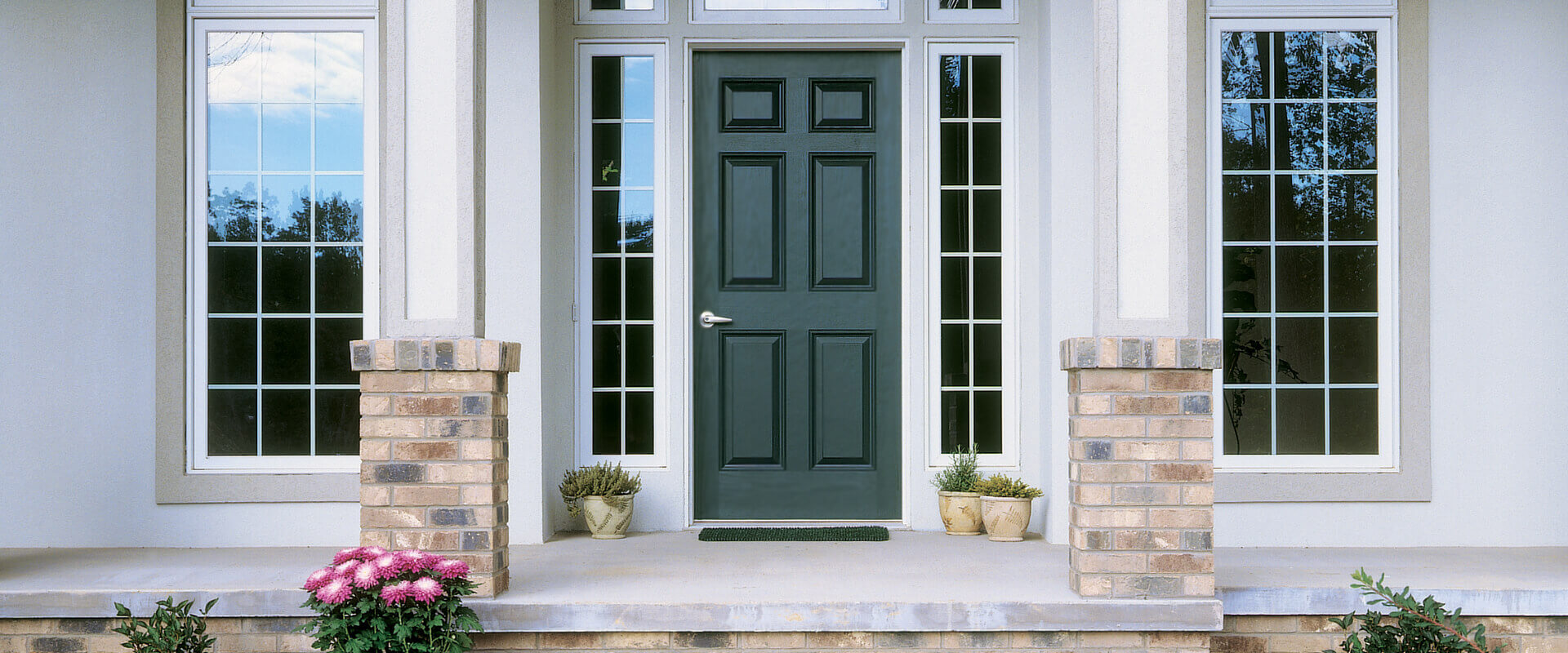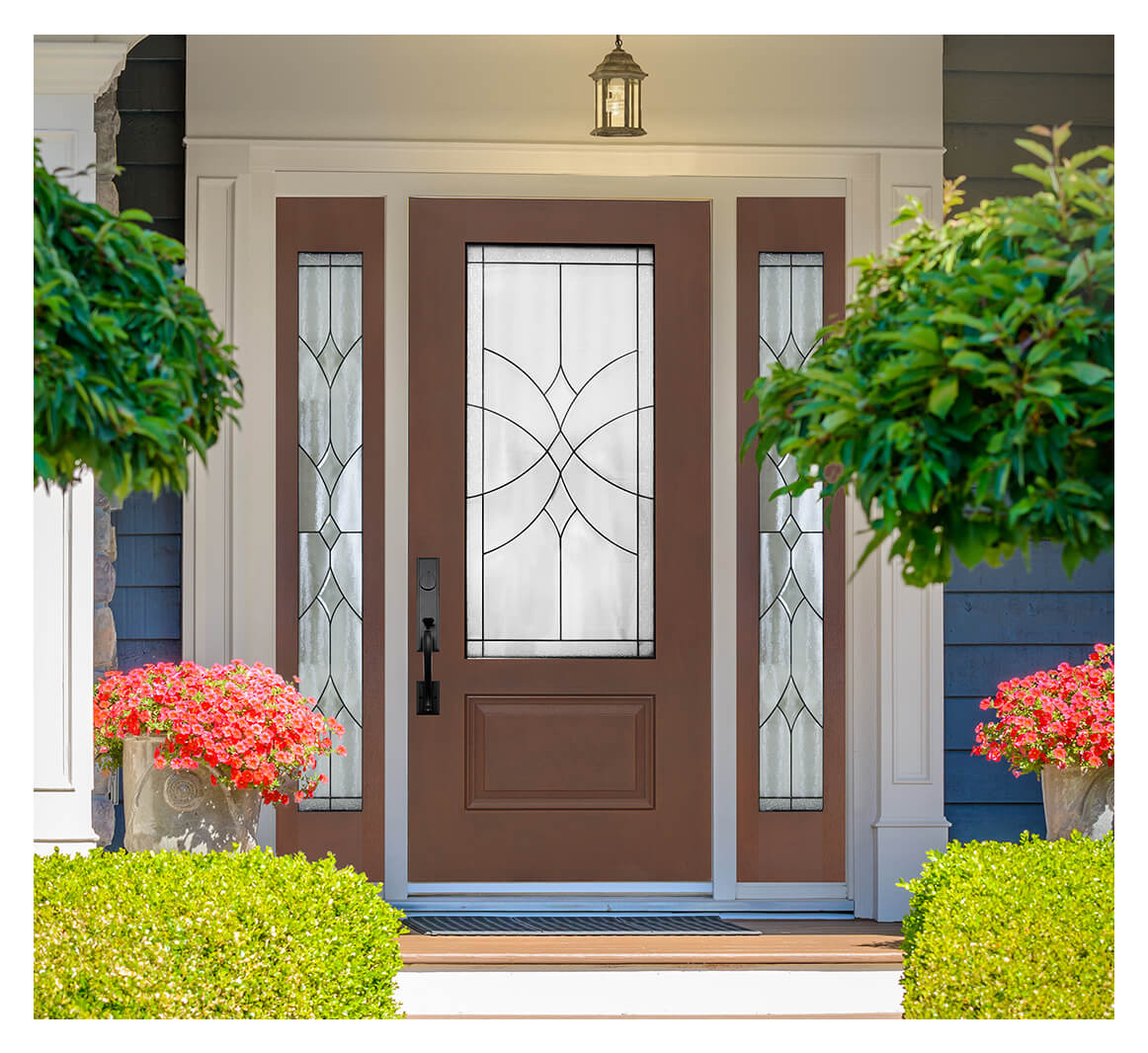Introduction to Fiberglass Doors
Fiberglass doors have gained popularity in recent years due to their durability, low maintenance, and aesthetic appeal. They are often marketed as the perfect alternative to traditional wood or steel doors, offering a blend of strength and beauty that can complement any home style. However, like any product, fiberglass doors come with their own set of disadvantages. Understanding these drawbacks is crucial for homeowners considering this option. This article explores the various disadvantages of fiberglass doors, providing a comprehensive examination to help you make an informed decision.

Higher Initial Cost
One of the primary disadvantages of fiberglass doors is their higher initial cost compared to other door materials. While they may offer long-term savings through durability and reduced maintenance, the upfront investment can be significantly more than that of wood or steel doors. This can be a deterrent for homeowners on a tight budget or those looking to save money on their renovation or construction projects. The higher cost is attributed to the manufacturing process, which involves creating a composite material that combines glass fibers with resin. While this process results in a strong and durable product, it also makes fiberglass doors more expensive to produce and purchase.
Limited Customization Options
Another notable disadvantage of fiberglass doors is the limited customization options available. Unlike wood doors, which can be easily carved, stained, or painted to match any design preference, fiberglass doors offer less flexibility in terms of personalization. Although some manufacturers provide a range of styles, finishes, and colors, the selection is not as extensive as that of wood doors. This limitation can be frustrating for homeowners who have specific design visions or who want to match their doors to unique architectural features of their homes. Additionally, altering the appearance of fiberglass doors post-installation can be challenging, often requiring professional assistance and additional costs.

Potential for Fading and Discoloration
Fiberglass doors, while generally resistant to environmental factors, are not immune to the effects of prolonged exposure to sunlight. Over time, UV rays can cause fading and discoloration, particularly in darker-colored doors or those with certain finishes. This gradual deterioration can affect the overall aesthetic appeal of the door, making it look aged or worn out sooner than expected. Homeowners in regions with intense sunlight may find that their fiberglass doors require more frequent maintenance to keep their appearance fresh. While some manufacturers apply UV-resistant coatings to mitigate this issue, these treatments are not always foolproof and can add to the cost of the door.
Susceptibility to Scratches and Dents
Despite their reputation for durability, fiberglass doors are not entirely resistant to scratches and dents. Heavy impacts or sharp objects can cause visible damage to the door’s surface, detracting from its appearance and potentially compromising its integrity. Unlike wood, which can often be sanded and refinished, repairing a damaged fiberglass door can be more complex and costly. Minor scratches might be buffed out, but deeper gouges or dents typically require professional repair or replacement of the affected panel. This susceptibility to damage means that homeowners must exercise caution and care to maintain the pristine condition of their fiberglass doors.

Poor Insulation in Extreme Climates
While fiberglass doors are generally good insulators, they may not perform as well in extreme climates compared to other materials like wood or insulated steel. In areas with very high or very low temperatures, fiberglass doors can allow more heat or cold to pass through, leading to higher energy costs for heating or cooling the home. This is particularly problematic in older models or lower-quality fiberglass doors that lack advanced insulation technologies. For homeowners living in regions with harsh weather conditions, this reduced insulating capability can be a significant drawback, negating some of the cost savings associated with the durability and low maintenance of fiberglass doors.
Difficult Installation Process
The installation process for fiberglass doors can be more complicated than that of other door types, often requiring professional installation to ensure proper fit and function. Fiberglass doors are heavier and more rigid, making them challenging to adjust if the door frame is not perfectly square or level. This complexity can lead to higher installation costs and longer installation times, which can be inconvenient for homeowners. Inadequate installation can result in operational issues, such as difficulty opening or closing the door, compromised security, and reduced energy efficiency. Consequently, the need for professional installation adds to the overall cost and effort of opting for a fiberglass door.

Limited Repair Options
Repairing a fiberglass door is often more difficult and costly than repairing doors made from other materials. Unlike wood, which can be easily patched, sanded, and refinished, fiberglass requires specialized knowledge and materials to fix. Cracks, chips, or dents in fiberglass doors usually necessitate the use of epoxy fillers and specific techniques to restore the door’s appearance and function. These repairs often need to be performed by professionals, adding to the expense and inconvenience. Furthermore, if the damage is extensive, it may be more cost-effective to replace the entire door rather than attempting repairs, which can be a significant drawback for homeowners seeking a long-term, cost-effective solution.
Potential for Moisture Issues
Although fiberglass doors are generally resistant to moisture and do not rot like wood, they are not entirely immune to moisture-related problems. In some cases, poor-quality fiberglass doors or improper installation can lead to water infiltration between the layers of the door or around the frame. This trapped moisture can cause delamination, where the layers of the fiberglass door start to separate, leading to structural weakness and aesthetic issues. Additionally, moisture can promote the growth of mold or mildew, especially in humid environments. These moisture-related issues can compromise the durability and longevity of the door, necessitating repairs or replacement and undermining one of the primary selling points of fiberglass doors.

Environmental Concerns
The production and disposal of fiberglass doors raise environmental concerns that are worth considering. The manufacturing process involves the use of synthetic resins and glass fibers, which require significant energy and resources to produce. Additionally, the chemicals used in the production process can have negative environmental impacts. Unlike wood doors, which can be sourced from renewable forests and are biodegradable, fiberglass doors contribute to landfill waste at the end of their lifespan. Recycling options for fiberglass are limited, and the material does not decompose naturally, adding to environmental pollution. For environmentally conscious homeowners, these factors can be a substantial disadvantage when choosing fiberglass doors.
Compatibility with Hardware
Fiberglass doors can sometimes present compatibility issues with certain types of hardware, such as locks, handles, and hinges. The rigidity and thickness of fiberglass can make it challenging to install or retrofit hardware, especially if the door was not originally designed to accommodate specific components. This can limit homeowners’ choices when it comes to selecting hardware that matches their aesthetic preferences or security needs. Moreover, drilling or cutting into fiberglass to install hardware can risk damaging the door, potentially weakening its structure or compromising its insulation properties. These compatibility issues can add to the frustration and cost of upgrading or customizing a fiberglass door.
Conclusion: Weighing the Pros and Cons
While fiberglass doors offer several advantages, including durability, low maintenance, and aesthetic versatility, it is crucial to consider the disadvantages before making a decision. The higher initial cost, limited customization options, potential for fading, susceptibility to scratches and dents, and other drawbacks discussed in this article highlight the importance of a thorough evaluation. Homeowners must weigh these disadvantages against the benefits to determine whether fiberglass doors are the right choice for their specific needs and circumstances. By understanding the potential downsides, you can make a more informed decision and select a door that best balances your priorities for style, functionality, and long-term value.
